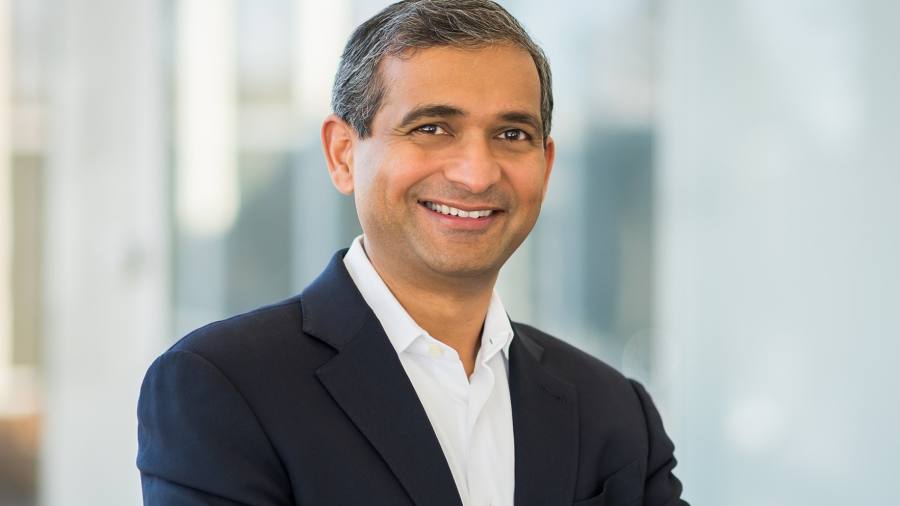
Smith & Nephew has warned that chip shortages are still hitting the medical device maker’s sales of surgical robotic technology and wound-protecting products, even as supply recovers at major chipmakers.
Deepak Nath, Smith & Nephew’s chief executive, said demand outstripped supply for products that rely on semiconductors and added that chipmakers did not prioritise the medical device industry, which must use older model chips to comply with regulations.
Sales at Smith & Nephew increased by 1.4 per cent to $1.4bn in the fourth quarter, with underlying growth, adjusted for currency fluctuations and acquisitions and disposals, of 6.8 per cent. Revenue for the full year was up 4.7 per cent on an underlying basis to $5.2bn.
“All through last year, we could have sold a lot more of our systems in sports, or in wound than we actually did. The demand for it was greater than our ability to actually produce,” Nath said.
Shortages meant that the company faced “very, very significantly higher prices” when it bought chips at a spot price, compared with contract purchases.
Chipmakers including Intel, AMD and Qualcomm have slashed forecasts in recent months, as a global shortage of chips turned into an oversupply in some areas. But medical device makers have smaller orders than many other customers, meaning they are less of a priority, and must stick to the chips that were used when their devices were given regulatory approval.
“You’re several years removed from when you made the choice of chipset to use in these systems. And you can’t just substitute because the world has changed. Because that means you have to go through the regulatory pathway all over again,” he said.
The medical device industry is in talks with regulators including the US Food and Drug Administration about speeding up approval times for some components.
Nath took over Smith & Nephew last year, promising to turn around its struggling orthopaedics division. The company’s other divisions, sports medicine and wound management, outperform the market.
Shares in Smith & Nephew rose 4.2 per cent in London, after the company said it was targeting underlying revenue growth of between 5 per cent and 6 per cent for 2023, with a trading profit margin of at least 17.5 per cent. It plans to expand margin to at least 20 per cent by 2025.
In the fourth quarter, adjusted earnings per share were 81.8 cents, above the average analyst forecast for 78 cents. For the full year, pre-tax profit fell 60 per cent to $235mn, as the company grappled with the higher costs of raw materials, components and labour.